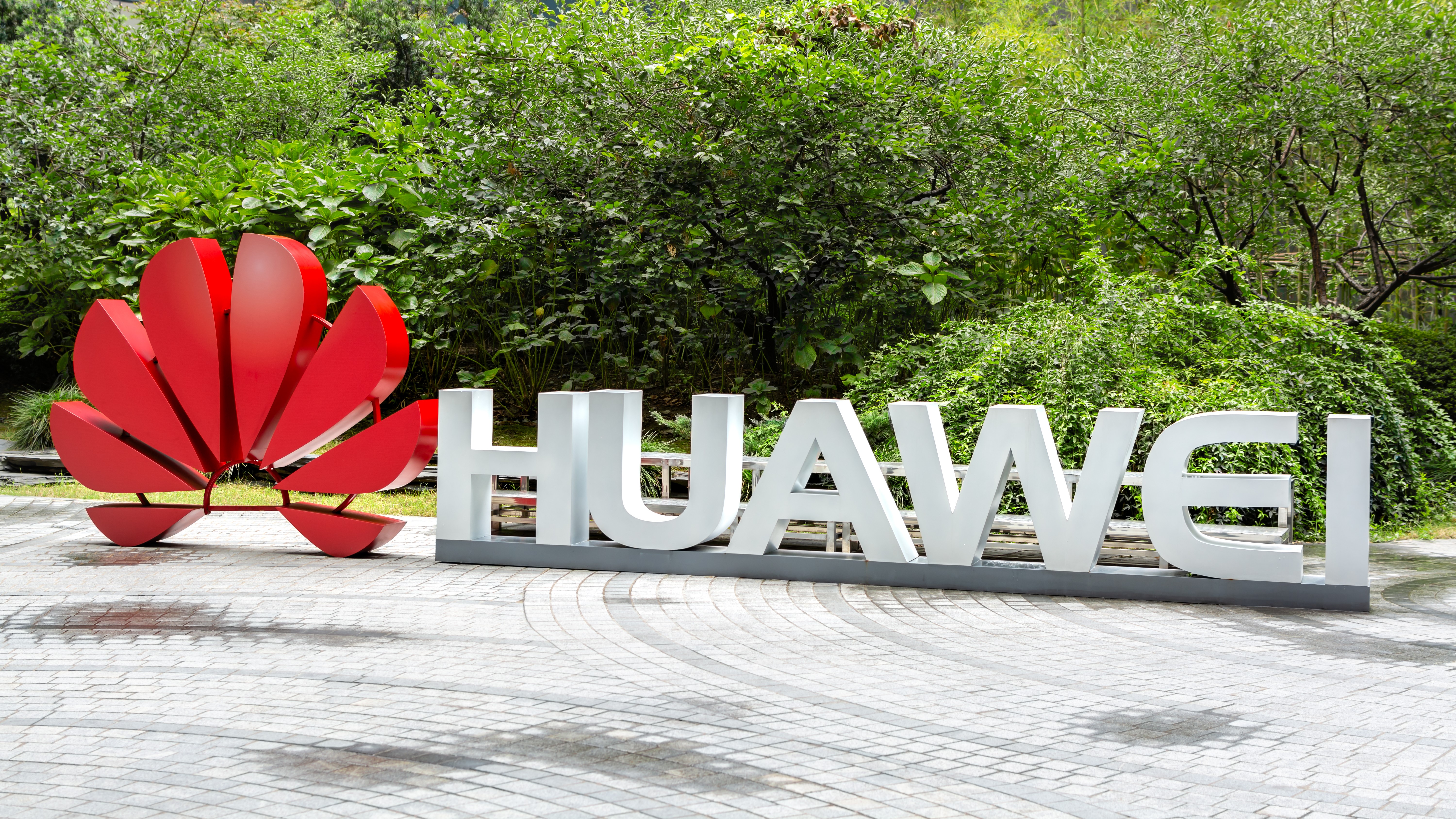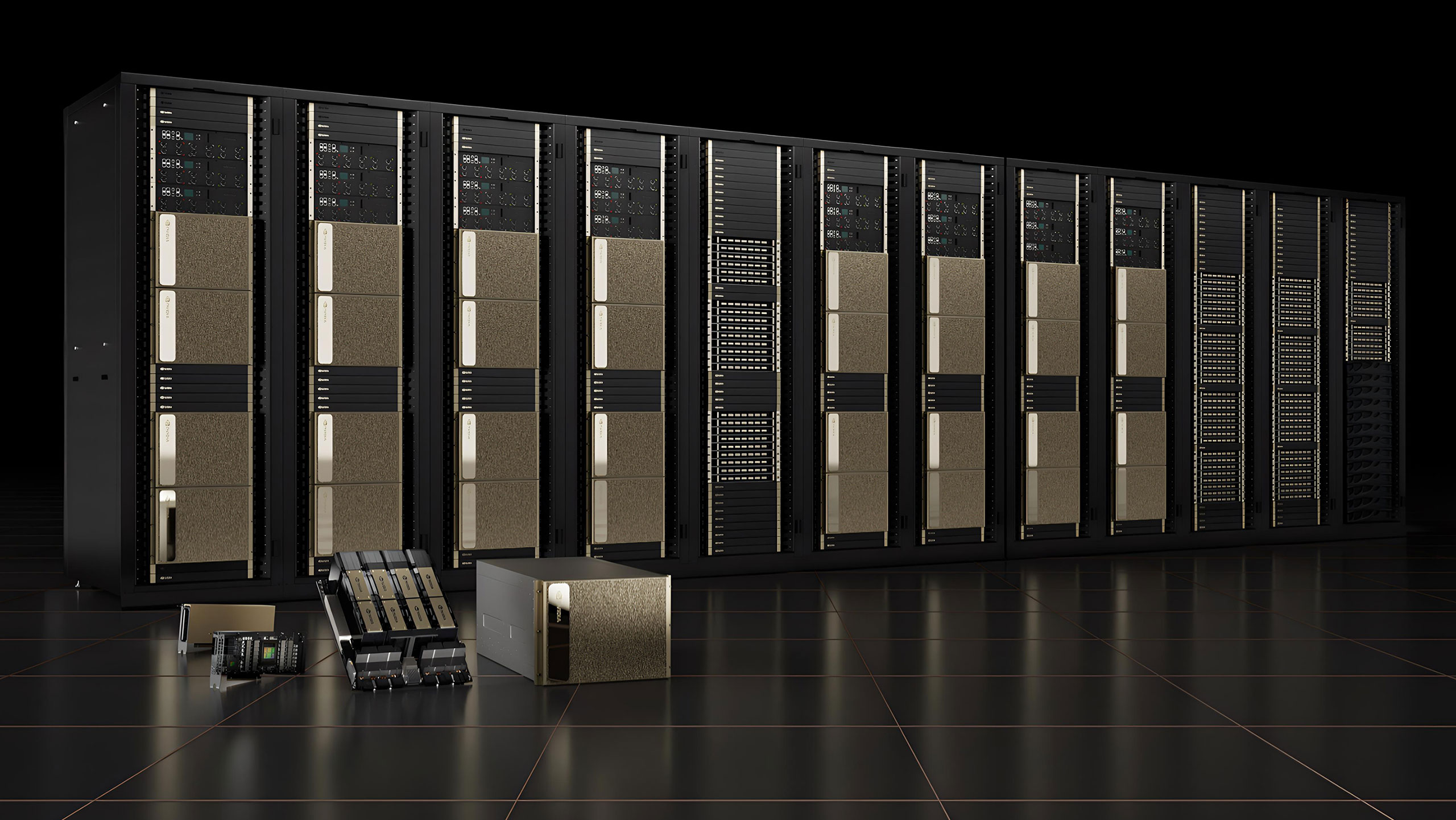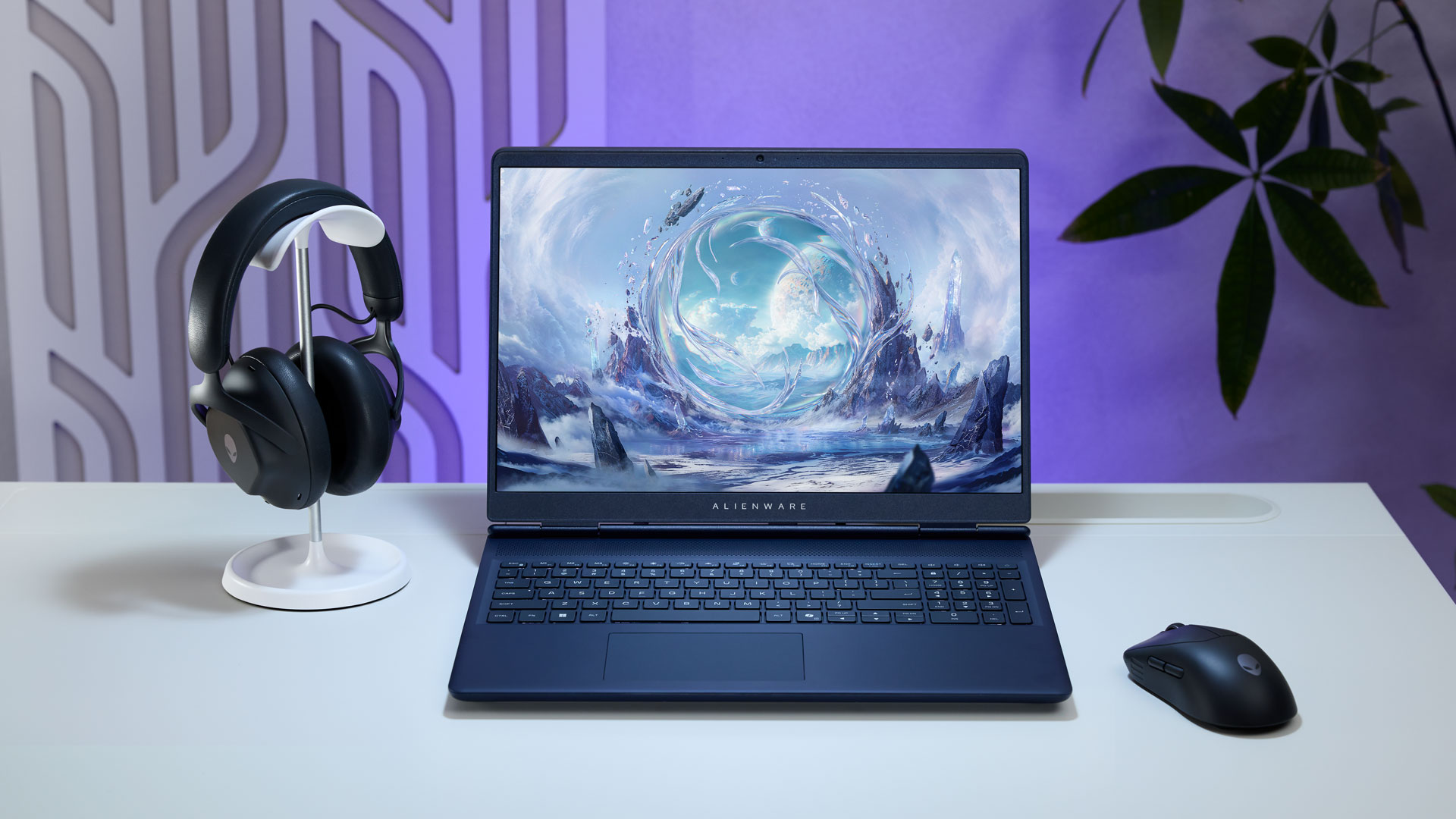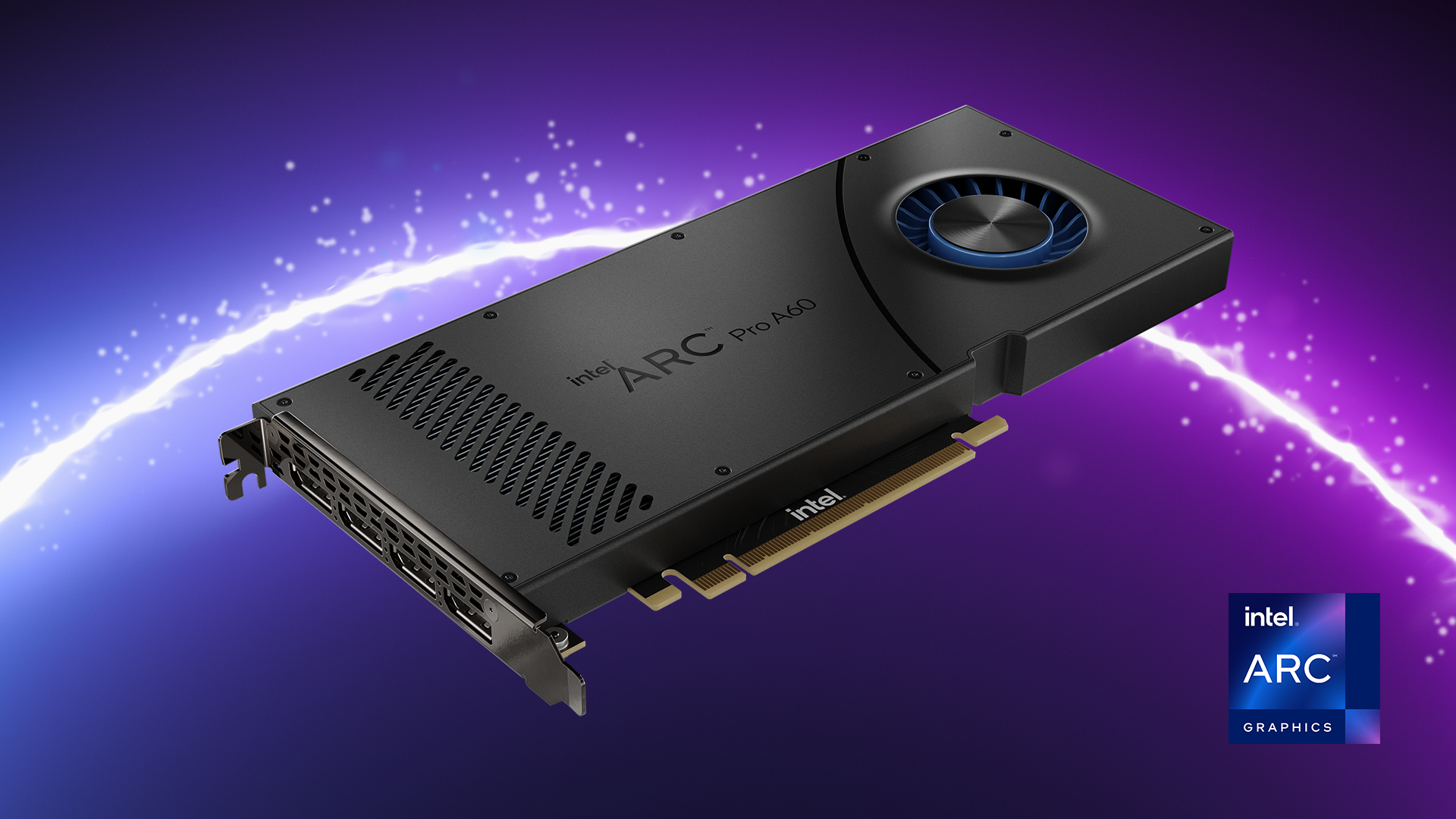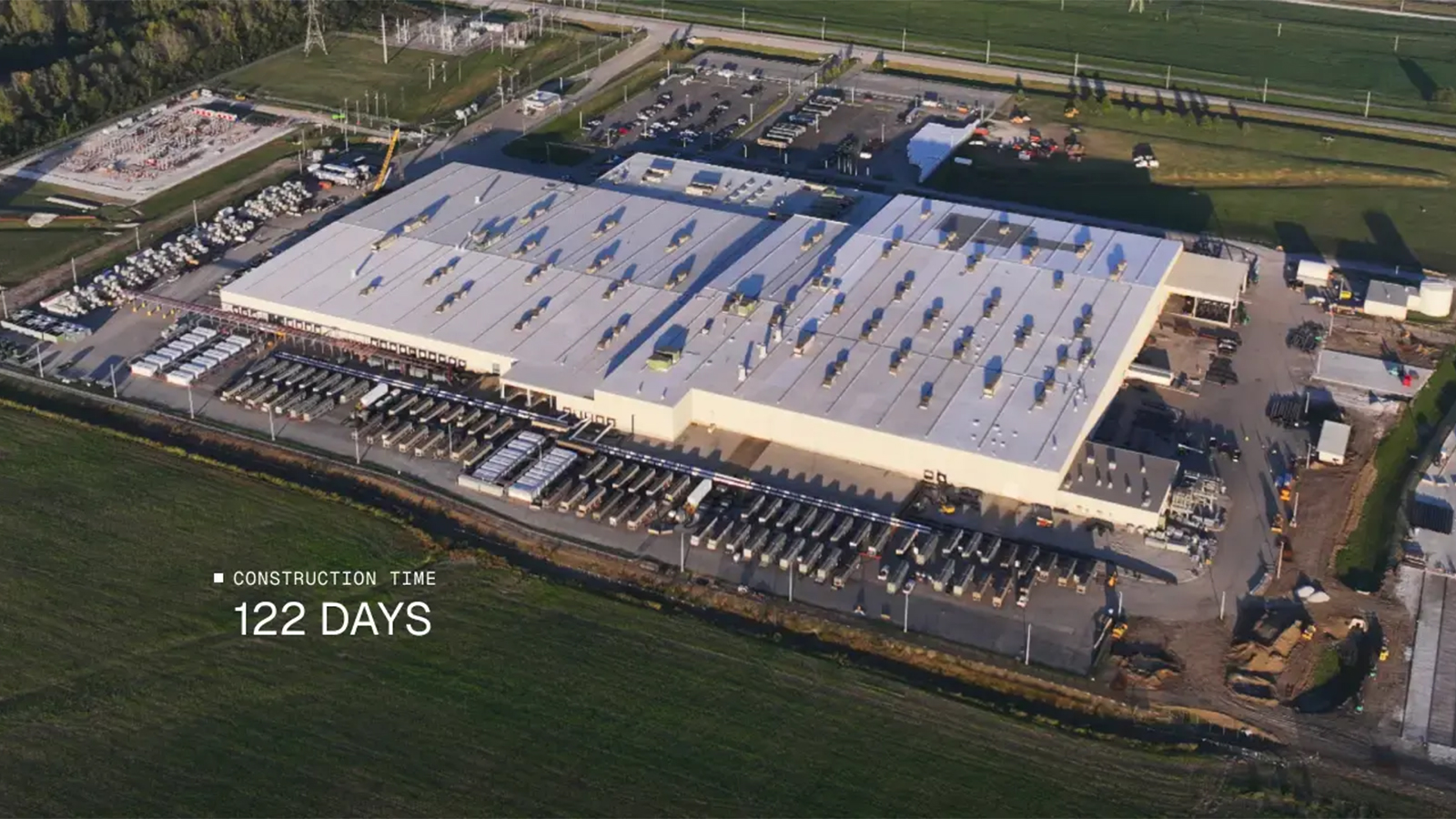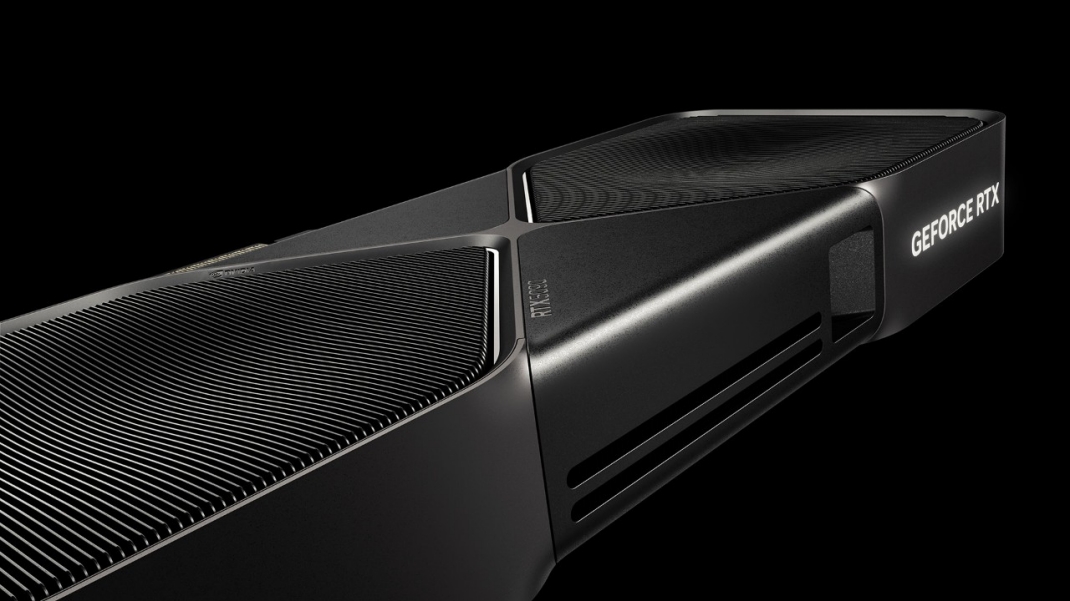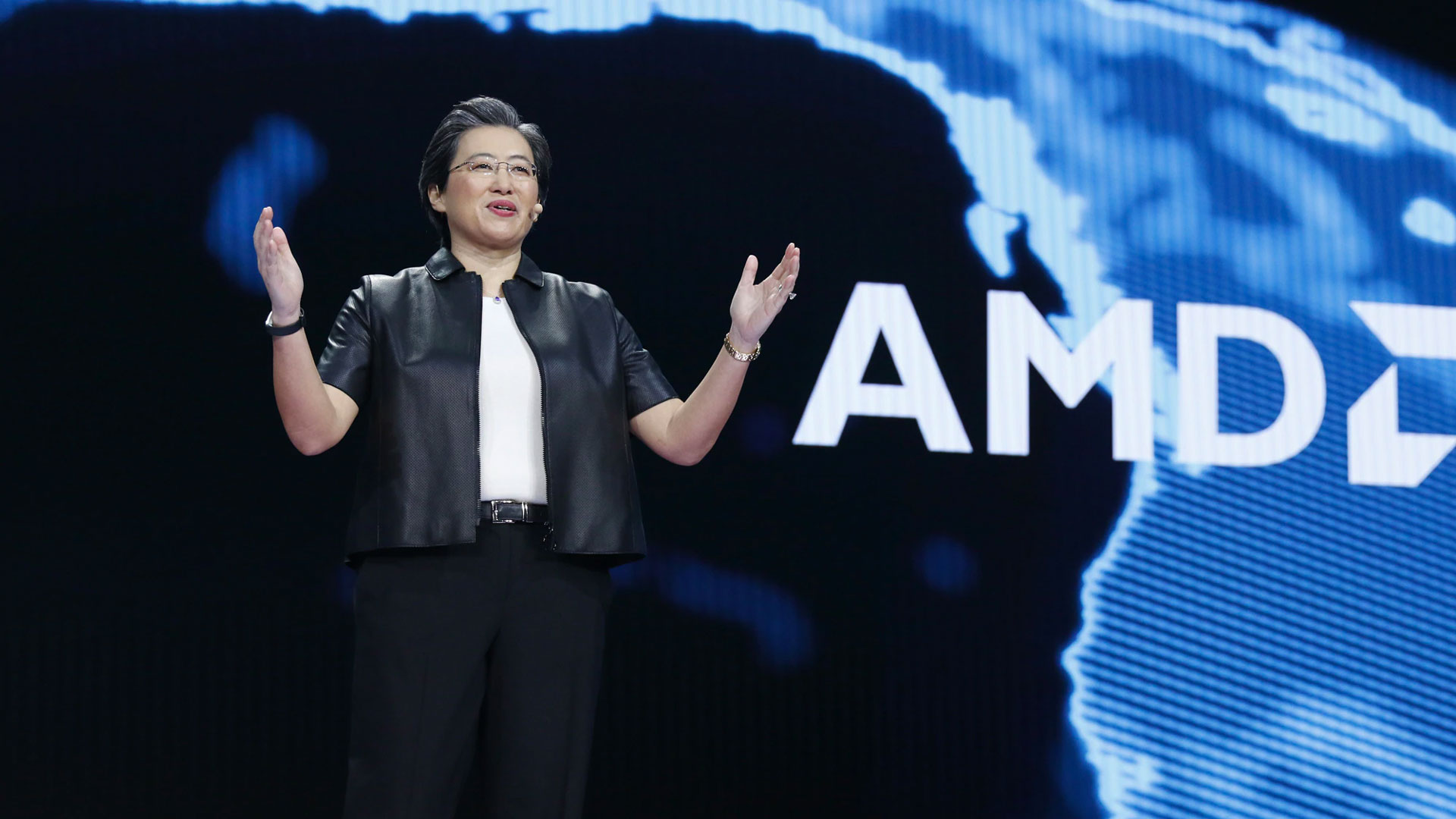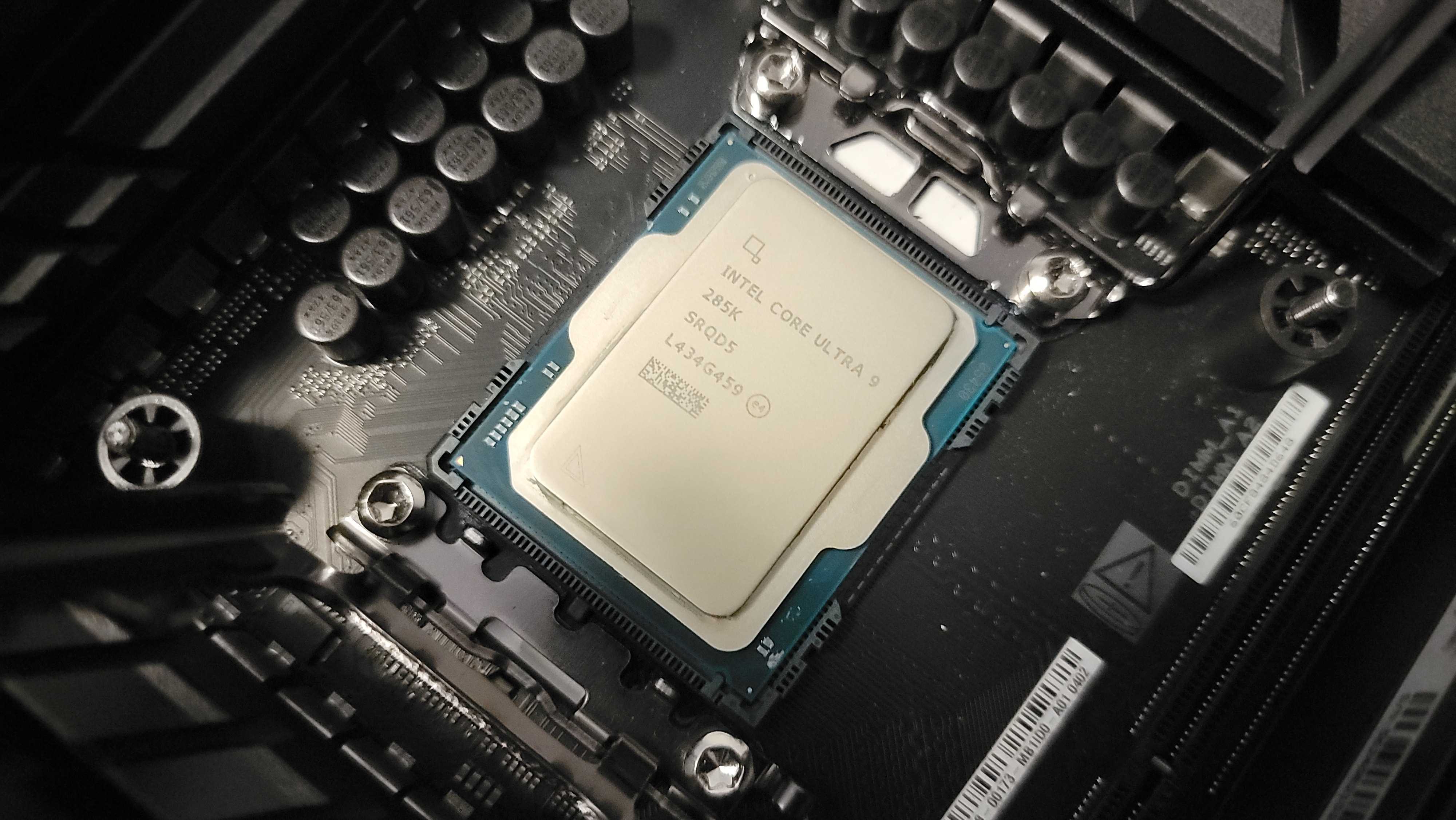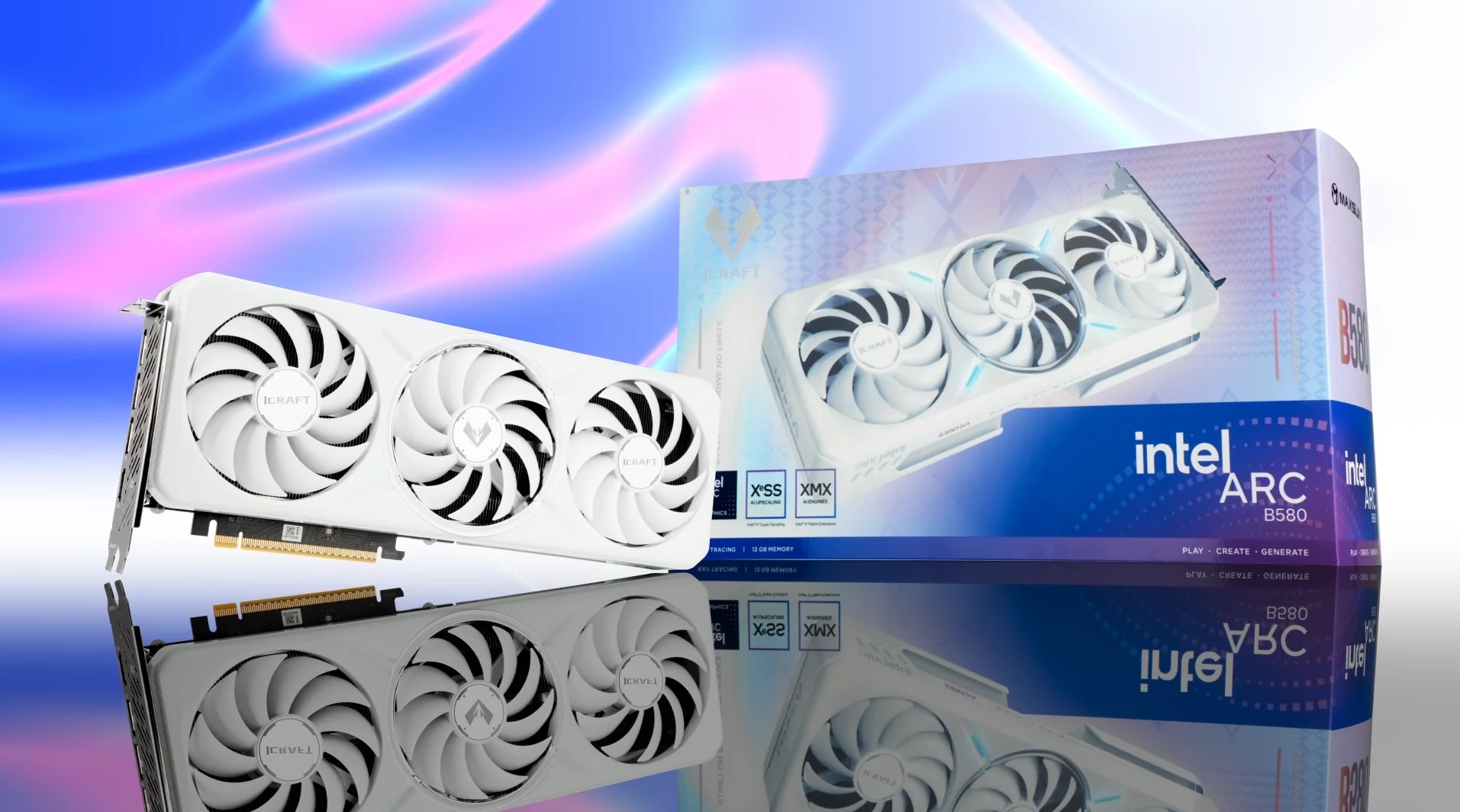Intel Core Ultra 7 155H Sports 4.8 GHz Boost in Leaked Test
A significant frequency regression.
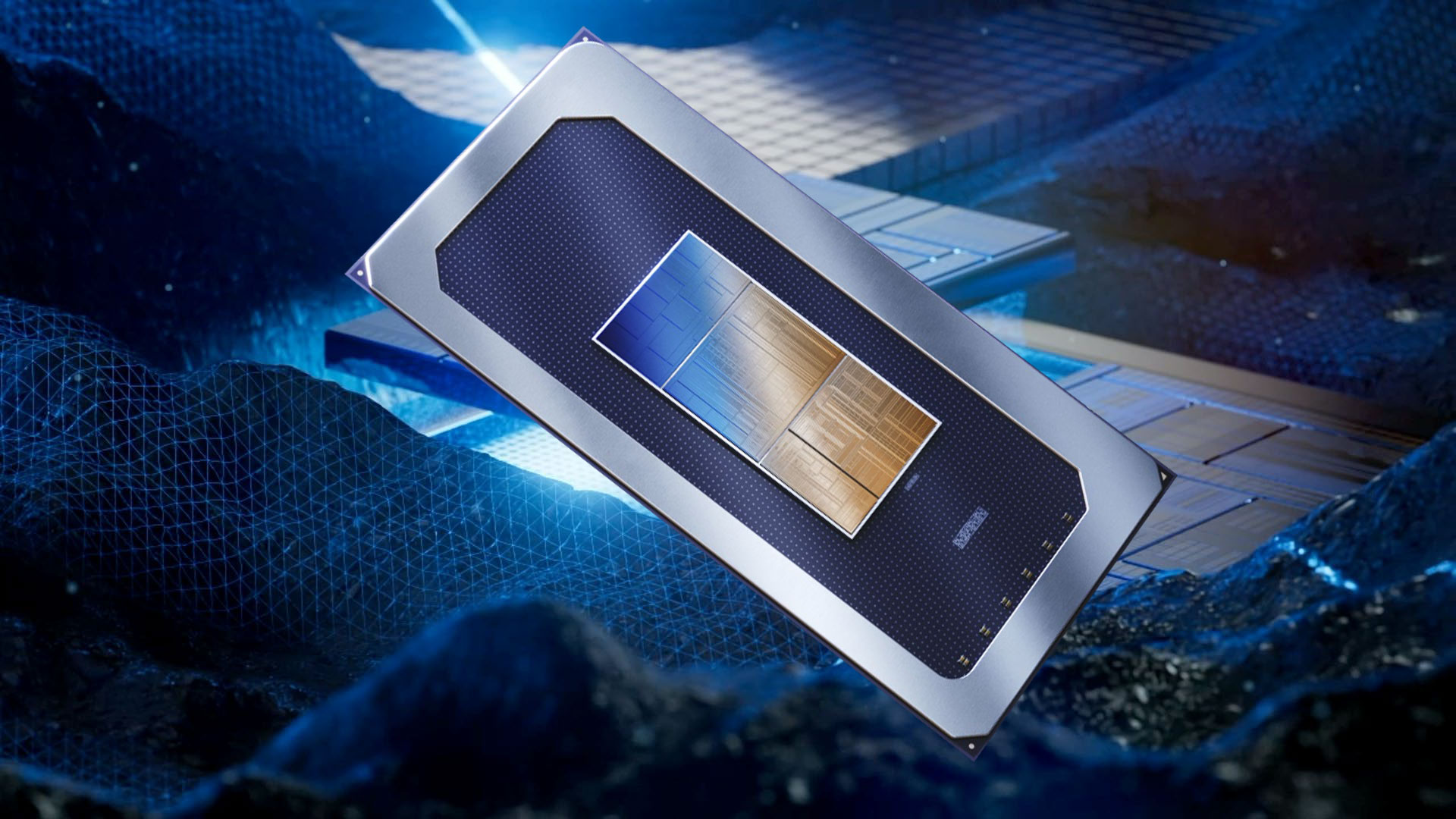
Intel's upcoming Core Ultra 7 155H has been spotted in an unofficial SiSoftware Sandra benchmark by hardware tracker @momomo_us, revealing a 4.8GHz boost clock. The Core Ultra 7 155H is a Meteor Lake CPU and is expected to launch on December 14 in laptops such as Asus's Vivobook, which was apparently the device that was used for the 155H benchmark.
It almost goes without saying that benchmark leaks like this one can't always be trusted and that they should be scrutinized. However, the hardware specifications attached to this SiSoftware test result is consistent with previous Core Ultra 7 155H leaks as well as leaks for other Meteor Lake CPUs.
What the benchmark seems to confirm again is that the Core Ultra 7 155H has the full array of CPU cores: six P-cores, eight E-cores, and two additional super low-power E-cores from the SoC tile. Additionally, there's also clock speed info that we didn't know before that indicates the P-cores will boost to 4.8GHz while the E-cores will max out at 3.8GHz.
| Row 0 - Cell 0 | Core Ultra 7 155H | Core Ultra 9 185H | Core i7-13800H | Core i7-13700HX |
| Core (P+E) | 6+10 | 6+10 | 6+8 | 8+8 |
| P-Core Boost Clock | 4.8GHz | 5.1GHz | 5.2GHz | 5GHz |
| E-Core Boost Clock | 3.8GHz | ? | 4GHz | 3.7GHz |
*Specifications are unconfirmed.
The 155H seems to have a much lower boost clock than the rumored Core Ultra 9 185H, which was last spotted at 5.1GHz. That's to be expected though, since the 155H is branded like a Core i7 and isn't a flagship.
However, compared to 13th Gen Core i7 H-class CPUs, the comparison isn't very favorable. The Core i7-13800H's E-cores boost 200MHz higher than the 155H's E-cores, and the gap widens to 400MHz when looking at P-cores. The Core i7-13700HX also beats the 155H in P-core boost frequency with a clock speed of 5GHz, though the 155H does have the advantage in E-core clock speed as the 13700HX's E-cores caps out at 3.7GHz.
Even assuming this SiSoftware Sandra test is legit, it doesn't really tell us much beyond CPU core count, clock speeds, and that Asus is apparently updating its Vivobook line-up with the 155H and perhaps other Meteor Lake CPUs. The benchmark itself isn't really all that useful for estimating CPU performance, and SiSoftware also gets info about integrated graphics incorrect very frequently. Unfortunately, there's not much else to glean here.
Stay On the Cutting Edge: Get the Tom's Hardware Newsletter
Get Tom's Hardware's best news and in-depth reviews, straight to your inbox.
Matthew Connatser is a freelancing writer for Tom's Hardware US. He writes articles about CPUs, GPUs, SSDs, and computers in general.
-
cyrusfox 400 MHZ less than its Raptor lake predecessor (7.7% slower). So if IPC does not increase by 8% it will be slower to equivalent speed at hopefully much lower energy consumption for i7 class. December 14th can't come soon enough.Reply
What is more interesting is how fast can the top end clock as that shows the limits of the fabrication/architecture. There we see a difference of 300 MHz (5.1 GHz on 185H vs 5.4 GHz on the 13900H), that is only a 5.6% clock regression, so as long as the IPC boost as well as the efficiency gains can overcome this, its not that big of a hit.
Look at how slow ice lake was vs Comet Lake-H (4.1GHz on the non-existent i7-1068NG7 vs the 5.3GHz of the i9-10885H), that is a significant 20% regression that IPC alone was not sufficient to overcome, hence why 14nm lived on and neither icelake nor tigerlake made desktop appearances. As meteor lake also does not appear to be coming to desktop, maybe similar issues remain and they are unable to crank the clocks on meteor even with power gates removed, it might just not be capable... Interested to see where arrow lake freq clocks land.

